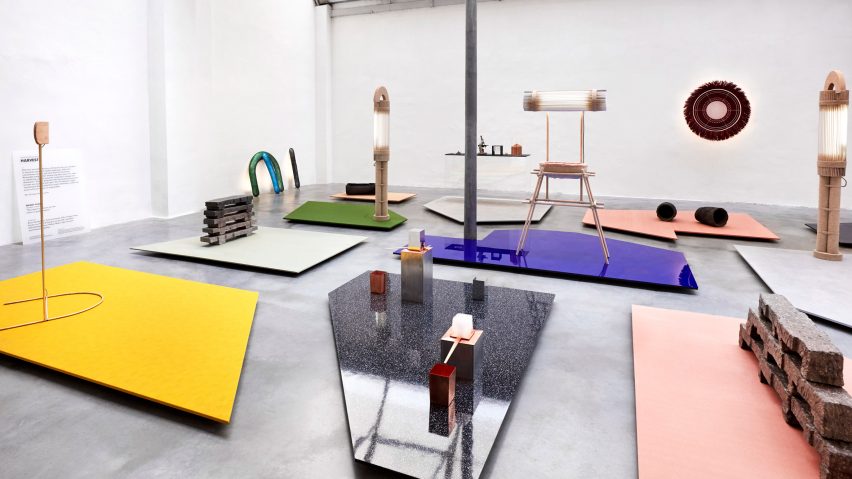For this year's Dutch Invertuals exhibition during Milan design week, 10 designers offered a glimpse into how the human race will tackle future global issues.
The Dutch Invertuals Harvest exhibition was on show in the Isola district of the city as part of this year's Milan design week.
Described by curator Wendy Plomp as a "glimpse into the future of design", the exhibition included the work of 10 Dutch designers who were each challenged to contemplate possible scenarios taking place in the future.
"Efficiency and self-sufficiency will become the new standard as humanity, faced with global challenges, shifts from consumerism towards next-level forms of harvesting," said Plomp.
"Renewable energy, urban mining, big data, and so on, make us rethink the cycle of resources, production, storage and distribution. This will drastically alter the existing economical formats our society is built upon," she continued.
"We will rebalance supply and demand disconnected from profit. Ultimately, wealth and power will have to bow to responsibility. We will reap what we sow."
Each of the works was displayed inside an old warehouse space upon colourful plinths.
Among them was a project exploring thermodynamics and a collection of mirrored sound objects that aim to reflect the acoustic landscape surrounding them.
Sigve Knutson presented a series of objects made from hammered anodised aluminium, aiming to showcase both the strengths and weaknesses of the material and its potential uses.
"The potential of materials and objects produced nowadays could contribute to what we might desire from their future," he said.
Designers Kirstie Van Noort and Xandra Van Der Eijk proposed stardust as the first rare earth metal from space as a new resource, while Carlo Lorenzetti's object allows users to experience and modify light in multiple ways.
A metallic twig by Hongjie Yang was intended to represent the "loss of an untouched natural world", and looks at the impact humans have had on the landscape.
Over the past eight years, the Dutch Invertuals collective has put on 15 exhibitions that aim to address the future of design.
During last year's Milan design week, the collective's exhibition featured tactile objects designed as physical representations of emotions, beliefs and even galactic phenomena.
Harvest took place until 9 April as part of this year's Milan design week. Other highlights from this year's event include a merry-go-round filled with products by Lee Broom, and a tree-like installation that blossoms mist-filled bubbles by Studio Swine.
Photography is by Ronald Smits

